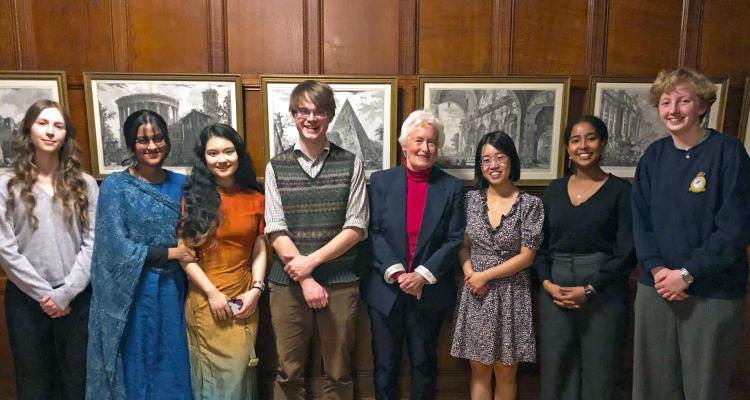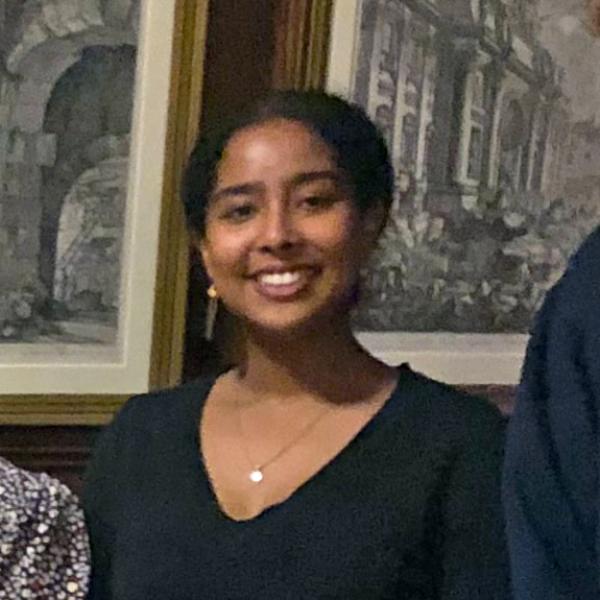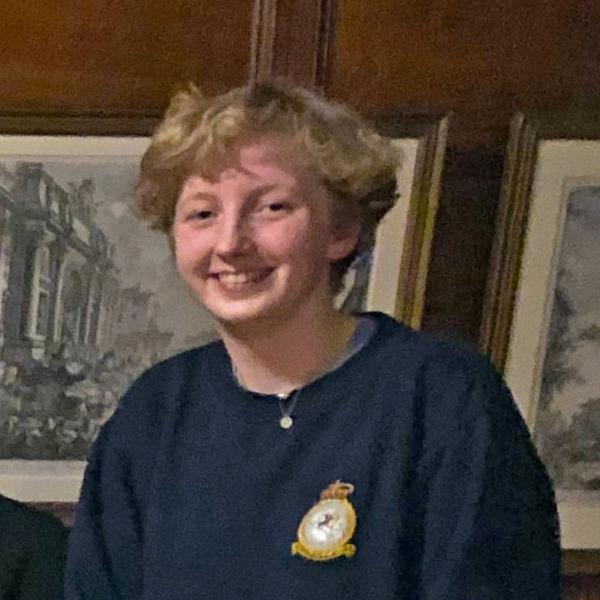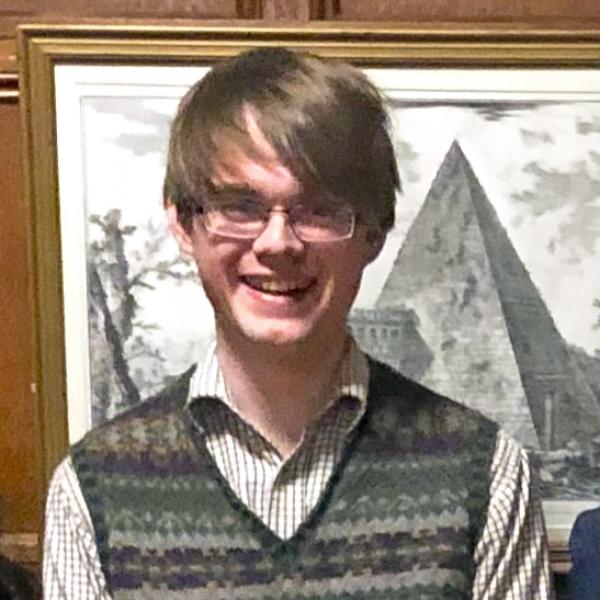Hadeal Abdelatti (Law), Abstract and Judges Prize winner
I am deeply passionate about human rights; it is one of the main reasons I decided to read law. Being British-Sudanese at a time when strong calls for social change were being made allowed me to learn about the many dimensions involved with changing such complex socio-political conditions. Participating in this prize has provided a powerful opportunity to give a talk on one of the many forgotten conflicts, and their treasures. I was very grateful to win, particularly as I enjoy public speaking, and I was able to do it whilst discussing a topic that was very important to me.
The current war in Sudan, though seemingly distant, has had a substantial impact on Sudanese people, including my family. When I saw the theme for this year was based around treasure, it occurred to me that the ‘Fidaw’ or Gamar Boba earrings, part of what my speech was based around, felt like treasure to me. The nature of the earrings, where they came from and what they represented, soon became a much more nuanced and complicated process.
At this stage, I decided to write about treasure and conflict; how many treasures, museums and people have had the identity of their objects transformed by conflict. I endeavoured to consider the future of treasure, amidst war, repatriation and the return of displaced people: how can we tell their stories and avoid them becoming lost?
Any summary of my words on the evening would be incomplete if I did not recount a very important line I repeated throughout my speech: Al Gamar Boba aleyk tageel (Arabic translation below) which inspired me to think in more depth about why my earrings felt like treasure.
القمر بوبا عليك تقيل
These words were sung to me by my late grandmother (I opened my speech by singing what she sang to me, putting my Girton College choir training to use!) They are lyrics from a very famous Sudanese song by Mohammed Wardi, meaning you are so delicate, you are so precious that even these earrings are too heavy for you.
Through this I discovered that my earrings hold many stories, from both Sudan and from wearing them in the United Kingdom. I also spoke about national treasures and museums becoming vulnerable during conflict. As our treasures being so delicate and precious, we must do our best to protect them.




